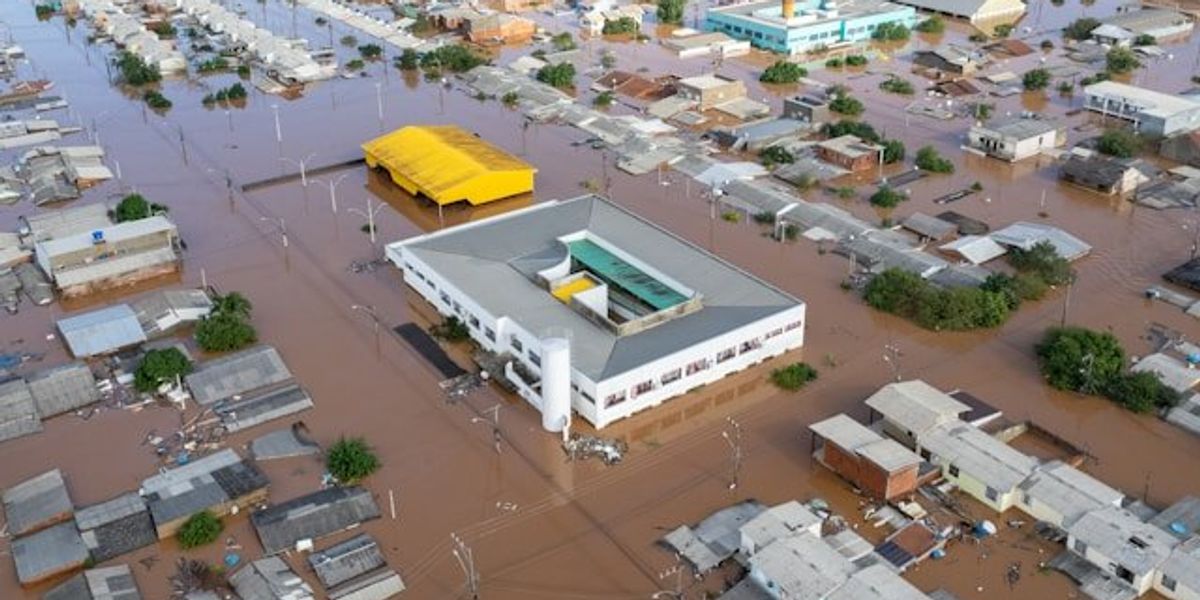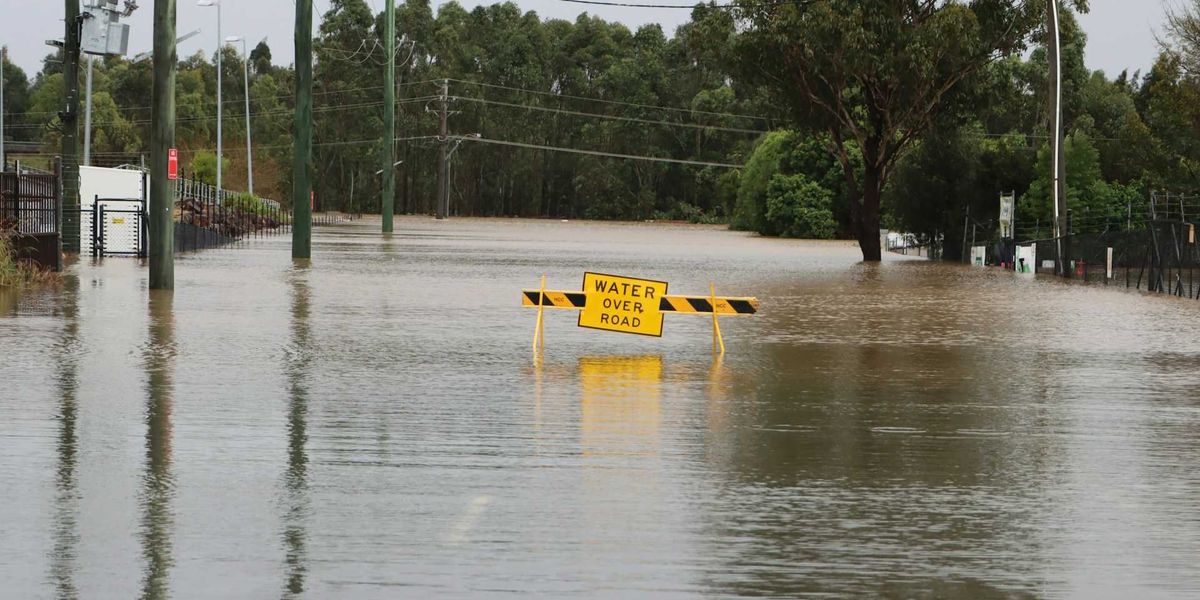Wildfire smoke threatens pregnant patients in underserved areas, study shows
Pregnant people in wildfire-prone counties face higher health risks from smoke exposure but often live far from essential maternal and neonatal care, researchers say.
Sharon Udasin reports for The Hill.
In short:
- A new study found that pregnant individuals exposed to wildfire smoke are more likely to experience complications such as gestational diabetes and hypertensive disorders, yet many lack access to OB-GYN services or neonatal care.
- Researchers used National Oceanic and Atmospheric Administration satellite data and public health records to track wildfire smoke exposure and maternal health resources between 2016 and 2020, identifying stark disparities in access to care across risk levels.
- High-risk counties had double the PM 2.5 exposure of low-risk counties and, on average, no OB-GYNs per 10,000 births; median distances to hospitals and neonatal care facilities were up to nine times longer than in low-risk areas.
Key quote:
“Millions of reproductive age women and their infants are being exposed and many will need timely treatment.”
— Study authors, University of Maryland and Children’s Hospital of Philadelphia
Why this matters:
Wildfire smoke contains a cocktail of fine particles and toxins that can pass through the lungs and into the bloodstream, posing risks not only to cardiovascular health but also to fetal development. For pregnant people, especially those in high-smoke zones with few nearby health facilities, the stakes are even higher. Smoke exposure during pregnancy is linked to low birth weights, preterm labor, and long-term developmental issues in children. The situation in the U.S. is compounded by inequities in the health care system: Communities most affected by smoke are often rural or economically disadvantaged, with fewer OB-GYNs and farther distances to hospitals equipped for maternity or neonatal emergencies. As wildfires grow more intense and frequent due to climate change, these health gaps stand to widen.
Related EHN coverage: How toxic wildfire smoke affects pregnant people













